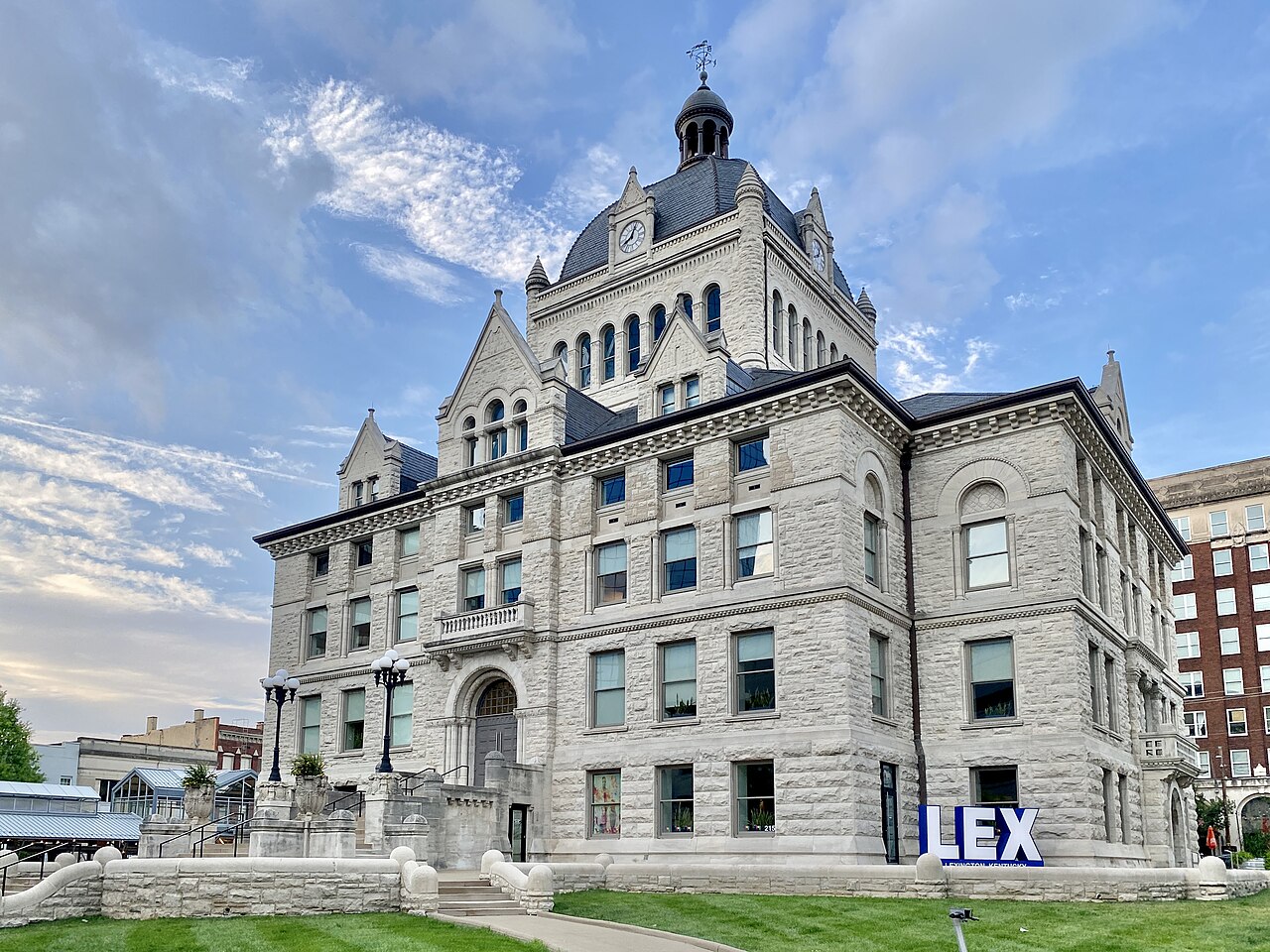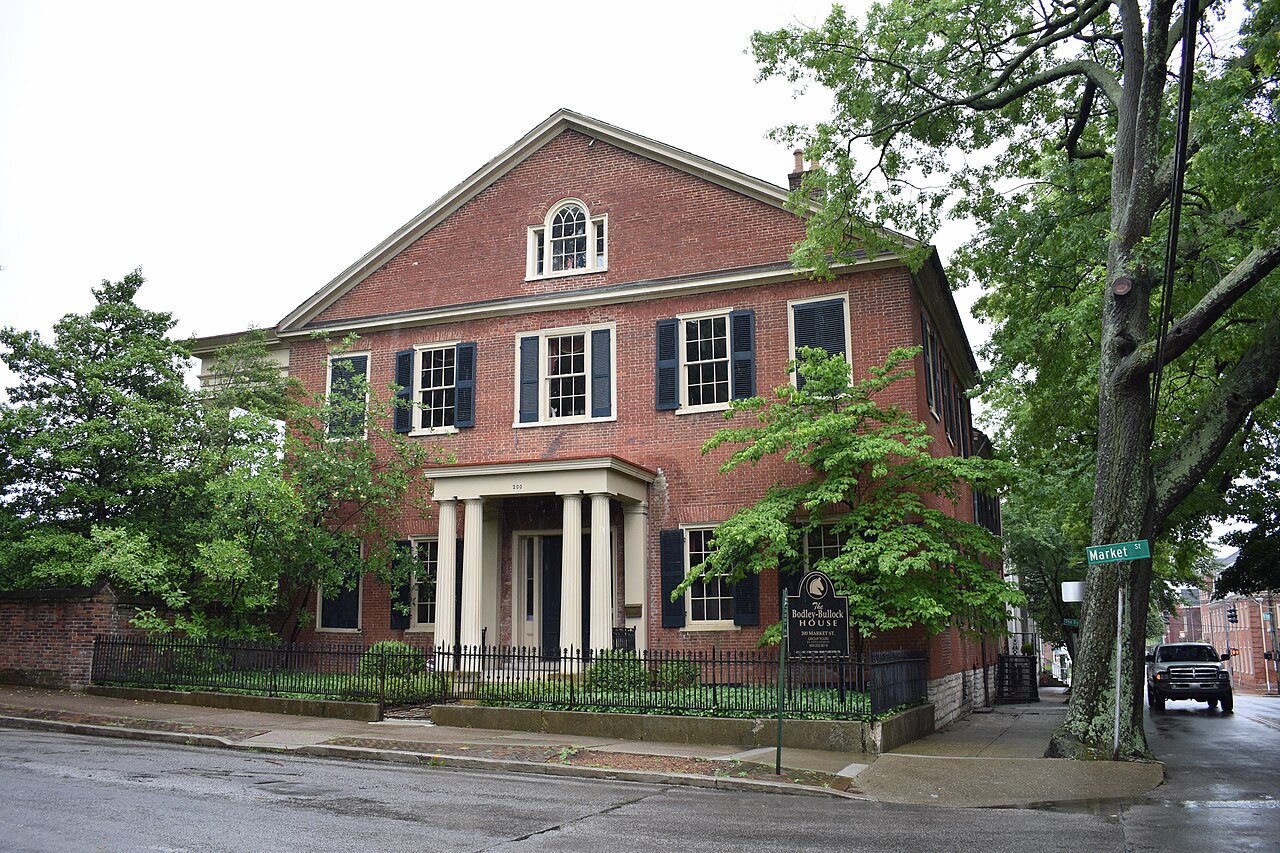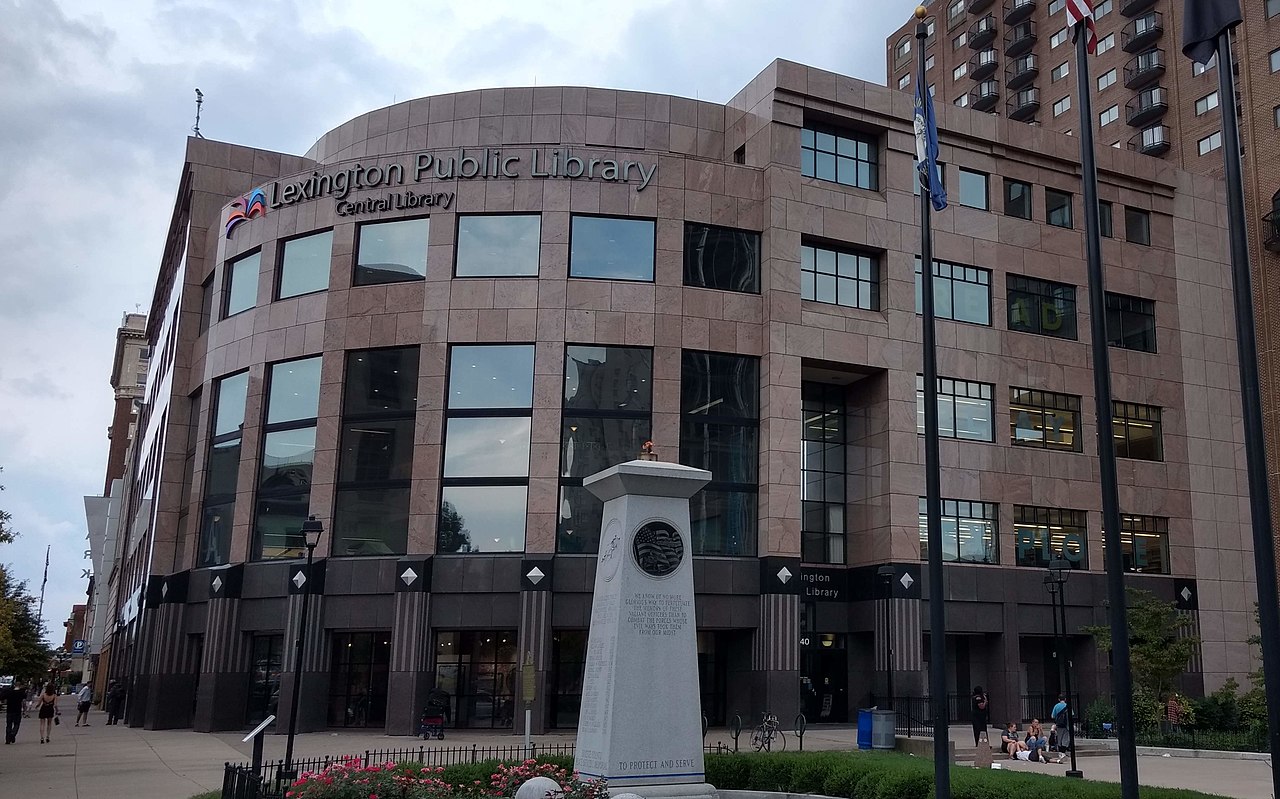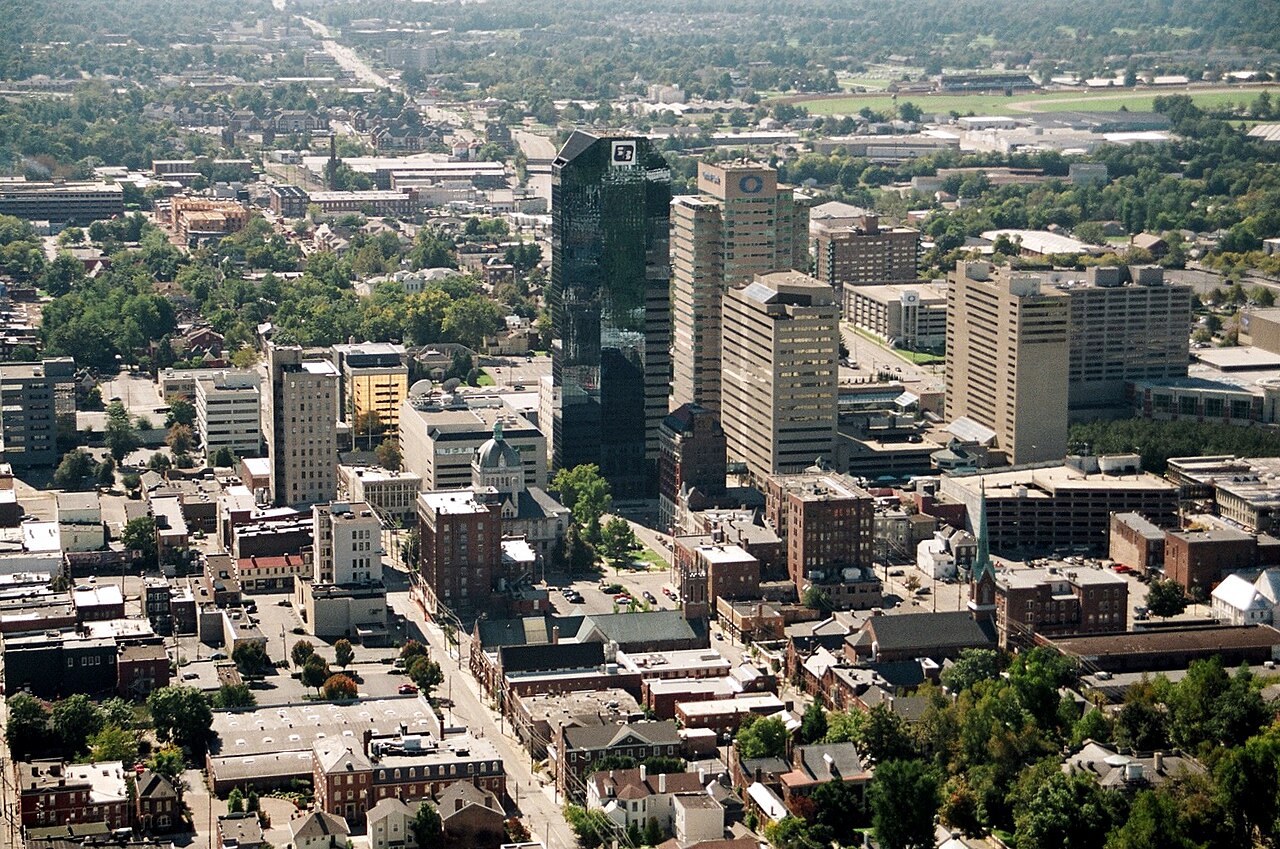Nestled in the heart of Kentucky’s Bluegrass region, Historic Downtown Lexington offers a captivating blend of Southern charm, rich heritage, and a walkable downtown filled with cultural and architectural treasures. This self-guided walking tour provides an ideal way to explore the city’s legacy—from its 18th-century foundations to its vibrant modern-day community spaces.
Whether you’re a local or a visitor, you’ll uncover landmarks that reveal Lexington’s historical depth and unique personality.
Starting Point: Old Fayette County Courthouse
Begin your journey at the Old Fayette County Courthouse, located at 215 West Main Street. Constructed between 1898 and 1900 in the Richardsonian Romanesque style, this iconic building has served various civic functions over the years. After extensive renovations, it now houses the Lexington Visitors Center, event spaces, and dining establishments, making it a central hub for downtown activities.

Adjacent to the courthouse is Henry A. Tandy Centennial Park (formerly Cheapside Park), a space that has transformed from a historical marketplace into a vibrant public gathering area, reflecting the city’s commitment to honoring its complex past while fostering community engagement.
Mary Todd Lincoln House
A short walk west leads to the Mary Todd Lincoln House at 578 West Main Street. This Georgian-style residence, built in the early 1800s, was the childhood home of Mary Todd Lincoln, wife of the 16th President of the United States, Abraham Lincoln. Now a museum, it offers insights into her life and the broader context of the Civil War era.
Gratz Park Historic District
Proceed north to the Gratz Park Historic District, a charming enclave that showcases Lexington’s architectural diversity. The district features 19th-century homes, the Carnegie Center for Literacy and Learning (housed in a 1906 Classical Revival building), and the Bodley-Bullock House, reflecting the city’s rich cultural and educational heritage.

Lexington Opera House
Continue to the Lexington Opera House at 401 West Short Street. Built in 1886 and restored to its former glory, this venue hosts a variety of performances, from Broadway shows to local productions, contributing to the city’s vibrant arts scene.
21c Museum Hotel
Next, visit the 21c Museum Hotel at 167 West Main Street, Lexington, KY. This boutique hotel combines contemporary art installations with luxurious accommodations, offering visitors a unique cultural experience. The hotel’s on-site restaurant, Lockbox, features locally sourced cuisine, making it a popular spot for both art enthusiasts and foodies.
Phoenix Park and Lexington Public Library
A short stroll east brings you to Phoenix Park, a green space that serves as a communal gathering spot for events and relaxation. Adjacent to the park is the Lexington Public Library, a modern facility that continues the city’s longstanding commitment to public education and literacy.

Main Street and Historic Storefronts
As you walk along Main Street, you’ll encounter a mix of historic and modern storefronts housing coffee shops, boutiques, and galleries. The architectural styles range from Federal to Victorian, reflecting the city’s evolution over the centuries.
Plan Your Visit
The best times to explore are spring and fall when Lexington’s climate is most pleasant, and outdoor events are in full swing. Free parking is available near Main Street, and most stops are within a short walking distance. For updated events and additional information, visit the VisitLEX website.

